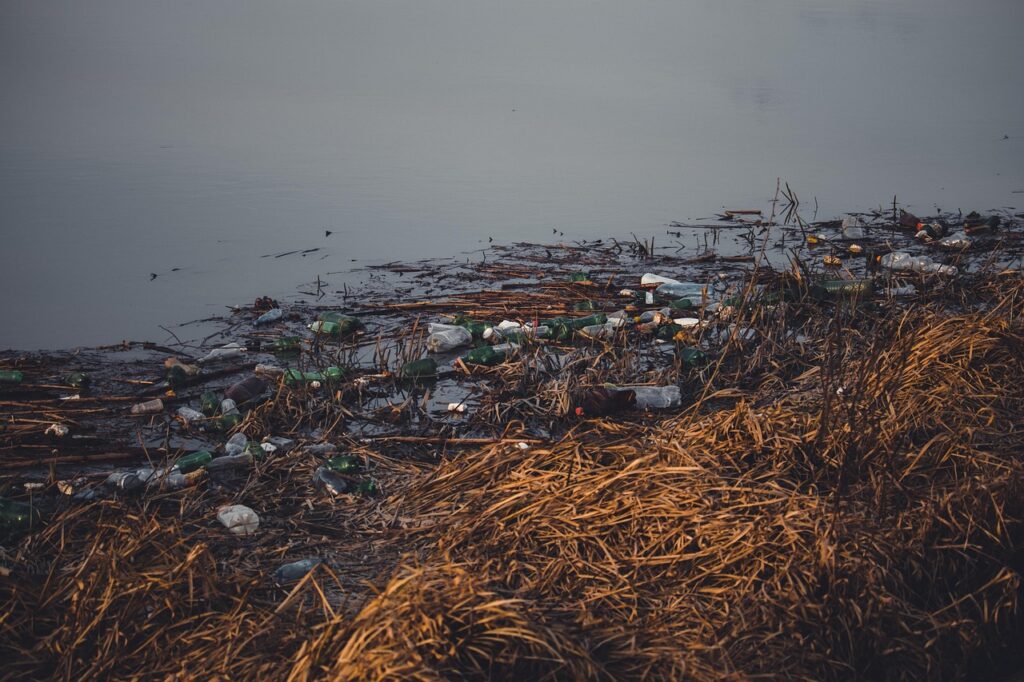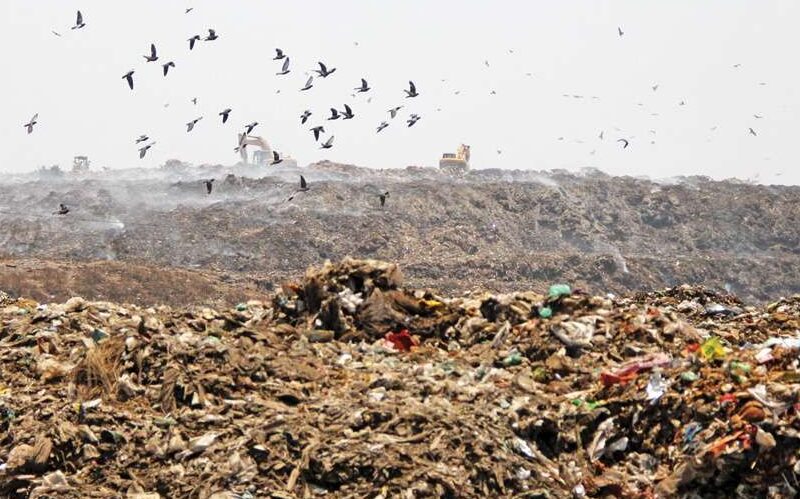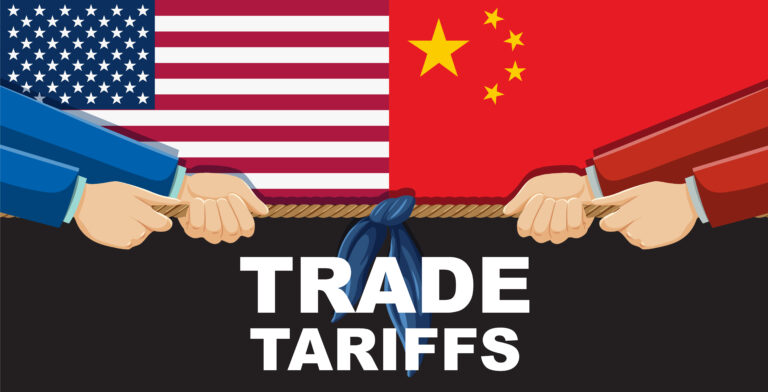
The miracle of plastic was born out of human ingenuity. In 1907, Leo Baekeland created Bakelite — the first fully synthetic plastic — marking the beginning of what we know as the “Age of Plastics.” Post-World War II consumer markets experienced a flood of these convenient, disposable products. Scientists developed new types of plastics during this period, inventing polypropylene in 1954 and high-density polyethylene in 1953. These were durable, heat-resistant, and could be molded into almost any shape, making them a quick staple in households.
Merely twenty years after plastic came into daily use — in 1972 — scientists published the first report on tiny plastic particles in the sea. It brought to light the consequences of convenience that we are beginning to experience fully today.
In Plastic We Trust
Let’s be honest. Plastic is convenient, right? It is light and sturdy. It neither shatters as easily as glass nor is it as costly. It’s waterproof, long-lasting, and can be molded into virtually any shape imaginable. Hence, it is no surprise that plastic is everywhere, from domestic household items to spacecrafts (yes, and quite importantly so.) Our kitchen counters are hosts to an array of plastic containers. Whether it’s groceries, snacks, or even homemade food, most food nowadays tends to end up wrapped in plastic.
The medicines that we consume to improve our health are also clad in this “necessary” evil. While popping open a blister pack or twisting the cap of a medicine bottle, the question arises: where do these tiny pieces of plastic end up?
The answer lies just around our homes — in overflowing garbage bins that dot our streets. Every morning, these tiny synthetics wait to be whisked away, out of sight and out of mind. But there is no ‘away’ in our ecosystem, of course.
Follow the trail and you’ll find yourself at the foot of a plastic mountain.

Recycling is a Convenient Half-truth
While recycling is often pushed as a solution, the reality is that only a small percentage of plastic is effectively recycled. Many types of plastic are difficult or uneconomical to recycle, and contamination is a significant issue. In fact, India only recycles around 30% of the 3.4 million tons of plastic waste it generates in a whole year.
But the story doesn’t end at the dump. Plastic, for all its durability, doesn’t remain whole forever. It breaks down into smaller and smaller pieces to form microplastics. These microplastics infiltrate the soil and leach into groundwater. If you look closely at the soil around you, you might spot these tiny, colorful fragments that otherwise have no place there.
Every Piece of Plastic Ever Produced Still Exists in Some Form
If you begin to count every bit of plastic produced since 1907 — well, you technically cannot — but it is a sobering reminder of the myth of convenience we humans have created for ourselves.
The phrase “It’s just one straw” encapsulates a classic example of the tragedy of the commons — a situation where individuals, acting independently according to their self-interest, end up behaving contrary to the common good by depleting or spoiling a shared resource. When an individual uses a plastic straw (or bag, or bottle), the impact seems negligible. But when this behavior is multiplied by billions of people, the cumulative effect becomes unfathomable.
Living in the Age of Plasticene
Scientists have labeled this era the “Plasticene” epoch, where plastic permeates every single bit of our daily lives. Our current generations are deeply familiar with what plastic pollution is — in theory. We have crammed its definition, its consequences to write in exams. We know it’s harmful, but what we and the generations before us have yet to realize is that the whole 8.2 billion of us are not making isolated choices for ourselves. It is a matter of collective effort and impact.
If we truly do reap what we sow, we need to sow better seeds for our shared future.
For more such articles, check out the World Times.



